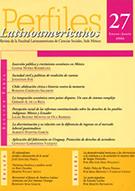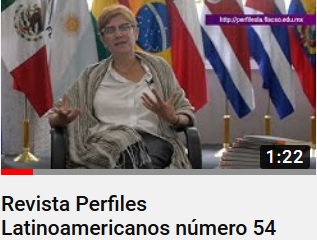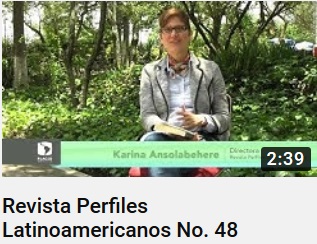La integración económica entre países dispares. Un caso de sistema complejo
DOI:
https://doi.org/10.18504/pl1327-087-2006Keywords:
economic integration, unequal economies, complex system, Latin American integration, theory of integration.Abstract
The present article analyzes the disciplinary limitations of small–country assumptions, as well as the meanings of the self–control, imperfect competition and conflict resolution for an accurate understanding of the North–South agreements. The conclusions of the work point out the necessity of a disciplinary opening by means of interdisciplinary parameters that are sketched here.
Downloads
References
Arrighi, G., 1993, “The Three Hegemonies of Historical Capitalism”, en S. Gill, ed., Grams-ci, Historical Materialism and International Relations, Nueva York, Cambridge University Press. DOI: https://doi.org/10.1017/CBO9780511558993.007
Ashby, W. R., 1955, “Self–Regulation and Requisite Variety”, en John Wiley, Introduction to Cybernetics, Chichester. Reimpreso en F. E. Emery (ed.) Systems Thinking, Penguin Books, Harmondsworth, 1969.
Bailer, S., 2004, “Bargaining Success in the European Union: The Impact of Exogenous and Endogenous Power Resources”, en European Union Politics, vol. 5, núm. 1 DOI: https://doi.org/10.1177/1465116504040447
Brander, J. y B. Spencer, 1984, “Tariff Protection and Imperfect Competition”, en H. H. Kierzkowski (ed.) Monopolistic Competition and International Trade, Oxford, Clarendon Press.
Bremer, S. A., 1992, “Dangerous Dyads: Conditions Affecting the Likelihood of Interstate War, 1816–1965”, en Journal of Conflict Resolution, vol. 36, núm. 2. DOI: https://doi.org/10.1177/0022002792036002005
CEPAL, 2004, Panorama de la inserción internacional de América Latina y el Caribe, edición de 2002–2003, Santiago, Comisión Económica para América Latina y el Caribe.
–––––, 1996, El grado de preparación de los países pequeños para participar en el ALCA, México, 7 de marzo, Comisión Económica para América Latina y el Caribe (LC/MEX/L.292).
Chaffe, D. M., 1975, “A General Equilibrium Analysis of Trade Creating Customs Unions”, en Review of Economic Studies, vol. XLII, núm. 130. DOI: https://doi.org/10.2307/2296535
Cronin, B., 2001, “The Paradox of Hegemony”, en European Journal of International Relations, vol. 7, núm. 1. DOI: https://doi.org/10.1177/1354066101007001004
De la Reza, G. A., 2002, “Ilusão de Acesso: O modelo ALCA”, en Contexto internacional, Instituto de Relações Internacionais, PUC, Rio de Janeiro, vol. 24, núm. 2, julio–diciembre. DOI: https://doi.org/10.1590/S0102-85292002000200003
Deraniyagala, S. y B. Fine, 2001, “New Trade versus Old Trade Policy: A Continuing Enigma”, Cambridge Journal of Economics, vol. 25 DOI: https://doi.org/10.1093/cje/25.6.809
Downloads
Published
Citas a este artículo:
How to Cite
Issue
Section
License
Copyright (c) 2006 Facultad Latinoamericana de Ciencias Sociales, sede México

This work is licensed under a Creative Commons Attribution-NonCommercial 4.0 International License.
![]() Esta obra está bajo una licencia Atribución-NoComercial 4.0 Internacional (CC BY-NC 4.0)
Esta obra está bajo una licencia Atribución-NoComercial 4.0 Internacional (CC BY-NC 4.0)











